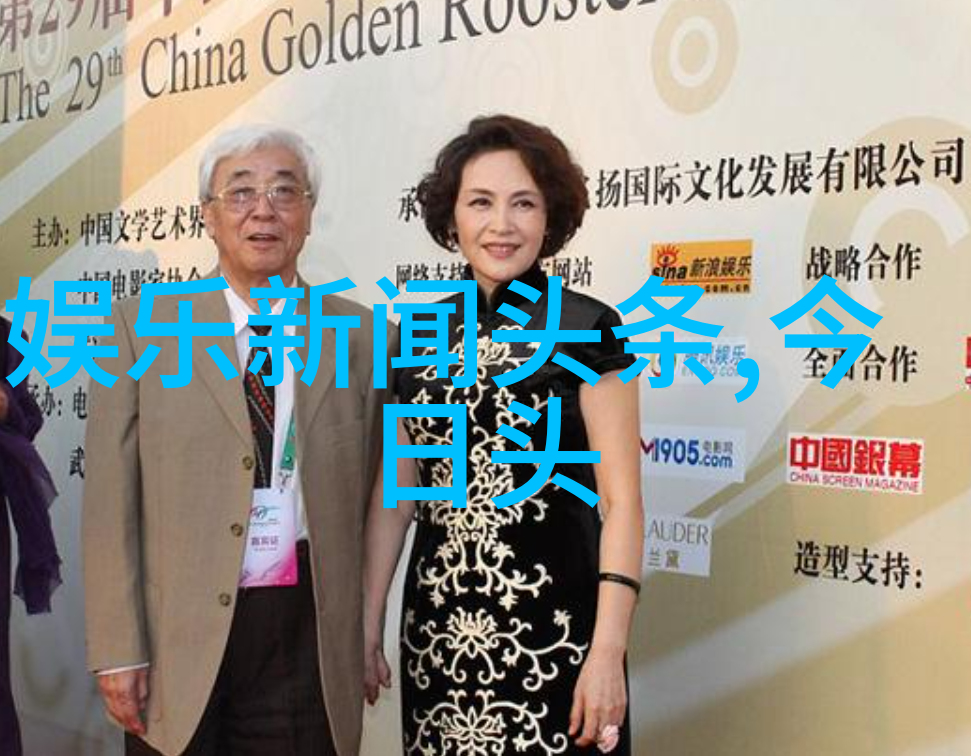未来的虚拟助手将会通过眼睛追踪来辅助用户进行图片查找吗
随着人工智能技术的不断进步,人们对未来虚拟助手的期待也在不断提升。这些虚拟助手不仅能够回答我们的问题,还能帮助我们完成各种日常任务,如图片查找识别图片等。其中,通过眼睛追踪来辅助用户进行图片查找,这一功能听起来似乎很不可思议,但其实这正是科技界正在努力实现的事情。

首先,我们需要了解什么是图像识别。图像识别是一种计算机视觉技术,它可以让电脑或手机等设备理解和解释数字照片中的内容。这项技术主要依赖于机器学习算法,其中包括深度学习、特征提取和模式匹配等多种方法。当我们想要找到一张特定的图片时,通常会使用图像搜索引擎,比如Google Images或者Bing Images。但这些工具并不能真正理解照片中的内容,只能根据元数据(如文件名、描述)以及其他可见信息进行匹配。如果想更精确地找到某个特定场景的照片,就需要人工智能介入了。
AI-powered virtual assistants, equipped with advanced computer vision capabilities, can potentially revolutionize the way we search for images. By using eye-tracking technology, these assistants can analyze a user's gaze and identify the objects or scenes that capture their attention. This information can then be used to refine image searches and provide more accurate results.

For instance, imagine you're browsing through your family photo album on a virtual assistant-enabled device. You want to find all the pictures taken during your last vacation in Paris. Instead of manually scrolling through hundreds of photos and selecting each one individually, you simply look at each picture as it appears on the screen. The AI assistant uses eye-tracking technology to detect which images you're focusing on and automatically categorizes them into a separate folder labeled "Paris Vacation." Not only does this save time but also reduces eye strain.
Moreover, advanced image recognition algorithms can even help users discover hidden details within old photographs or artwork that might have gone unnoticed otherwise. For example, an AI-powered system could be trained to recognize specific patterns or symbols in ancient manuscripts that reveal historical facts previously unknown.

However, there are still challenges ahead before such futuristic scenarios become reality. One major hurdle is ensuring privacy and security when using facial recognition technology for image identification purposes. As governments around the world increasingly rely on biometric data for surveillance purposes, concerns over privacy breaches are becoming more pressing than ever.
Another challenge lies in overcoming cultural biases embedded within machine learning models themselves. When training AI systems to recognize objects or scenes from various cultures worldwide, developers must ensure they avoid inadvertently reinforcing stereotypes or perpetuating existing social inequalities by providing biased results.

In conclusion while future virtual assistants may indeed use eye-tracking technology to assist users in searching for specific images based on their visual attention cues – it's crucial not just from an engineering standpoint but also ethically speaking – we should remain vigilant about addressing potential issues like privacy protection and algorithmic fairness along the way towards achieving this goal.
With continued advancements in artificial intelligence research combined with our unwavering commitment towards ethical considerations – perhaps one day soon we'll see intelligent machines able not just understand what they see but empathize too; serving us better than ever before whether it's identifying photos of cherished memories or uncovering secrets hidden within historical artifacts alike




